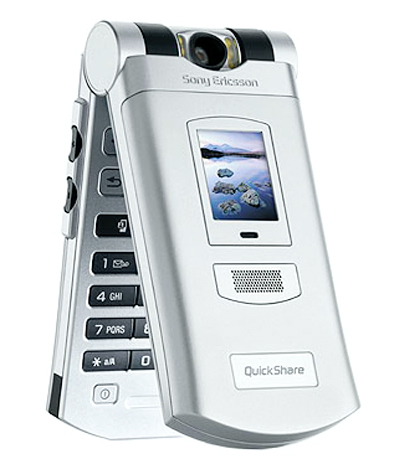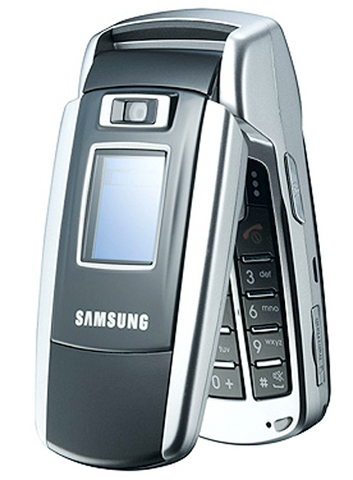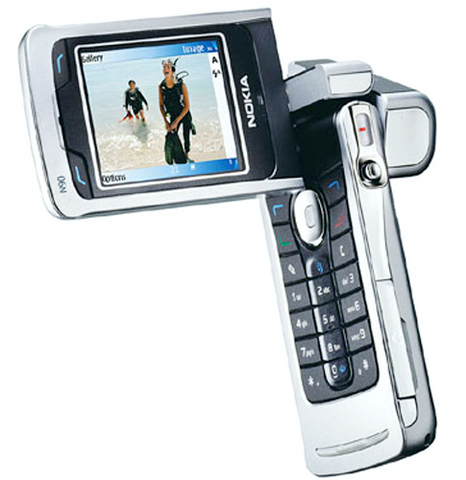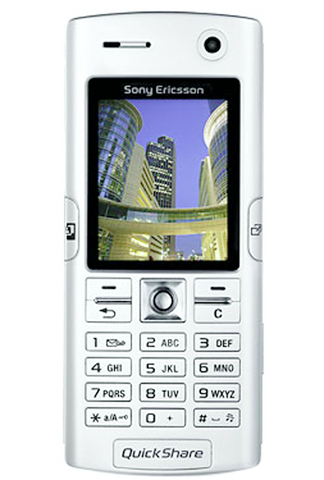The roll-out of the new 3G phones has been hard to miss. The handsets equipped to handle the technology put a bulge in the pockets of early adopters and makes their eagerness to have the newest thing hard to hide. Though the phones have been on the market for several months now,
subscribers aren't singing up at the rate Taiwan's mobile carriers had initially hoped for, a problem that carriers in Europe and the US are also facing. It's enough to have created an industry-wide head-scratch as to whether the popularity of 3G services was overestimated, or if it's just going to take longer to catch on. Part of the problem, according to manufacturers and sales representatives, is the public isn't
particularly clear on what 3G offers. The confusion, they say, stems from the fact that many Taiwanese cellphone subscribers are already equipped with what's known as 2.5G, a stepping-stone to the faster, fuller 3G technology that, at a glance, would seem to offer many of the same services. So what exactly is the difference? While 2.5G lets you view Web pages and watch streaming video, the speeds for doing so on a 3G network are up to several times faster, at speed of up to 384Kbps, compared with 2.5G's of up to 90Kbps.

The faster speeds are to usher in the real revolution of 3G: video telephony. The new platform will allow you to see the person with whom you're chatting. And it's here, many say, the industry may have got it wrong.
"What I'm hearing from customers is that, while it might be cool to see the person they're talking to, they're in no hurry to be seen," said cellphone sales shop owner Tom Fu (
In Taiwan, the practical applications of video telephony have been widely touted and include helping your husband pick the right pork at the supermarket to finding your lost dog, provided that the animal is smart enough to spot its own "Lost Dog" posters and alert a nearby team of teenaged softball-players who know to call the number on the

poster.
Ironically, it's more likely that a dog could spot its own poster than a
teenager could afford a new 3G handset, with prices ranging upward of NT$12,000.

Asked which models were selling best, Fu pointed to several manufactured by the usual suspects.
The Samsung Z500 will look familiar to anyone who's seen its hugely popular predecessor, the E700. That's because it's essentially the same silver clamshell design, but a bit thicker and heavier, though not as bulky as the majority of its competitors. Like the E700, it has dual cameras -- one outside and one in -- but has several connectivity options the E700 lacked. It also has MP3 playback and is reasonably priced for the number of features it packs.
Packing similar features and more is the Sony Ericsson Z800i. While its inside screen is noticeably larger than the Z500, its because the phone itself is noticeable larger. Large enough, in fact, that it could likely knock unconscious any envious thief who would try to take it from you. But with that increased size, Sony Ericsson has packed in more

features than you'll find in other 3G phones.
Among the more noticeable of the 3G handsets is the Nokia N90, which when unfolded and unfurled, looks something like a miniature video camera. That's because it is. Grabbing the new technology by all 3G's, the phone allows you to film short clips then send them to your fellow 3G-using friends to watch. You can then have a video call with one another to discuss the merits of your film-making abilities face to face and even upload it to your Web page for immediate distribution.
Alternatively, 3G users are promised the ability to watch streaming video or download online games to play during their commute. With such wide-ranging video applications, one would think the revolution would have already arrived.
"Personally," Fu said. "I think the bigger stumbling block for the techno-logy is sound. To enjoy video, you need to be able to hear it and to do that you need to wear a headset -- unless you're going to be the guy on the MRT who bothers everyone by watching his cellphone without an earphone. There's already a stigma to earphones and a lot of people just refuse to wear one. If you're not willing to wear an earphone, you're probably not going to be very interested in streaming video or placing video calls.
Of course, the biggest reason there hasn't been a surge in sales of 3G handsets is exactly because there hasn't yet been a surge in sales of 3G handsets. To enjoy the special services the technology offers, you need to be talking to a fellow 3G subscriber and there just aren't enough of them yet. Most analysts expect that when the number of subscribers reaches critical mass -- that is, when more of us start watching people watch their cellphones when they talk -- the rest of us will rush out to sign up.
One factor that might give 3G a leg up is 4G. In Japan, where telephony happens first, the nation's largest carrier, DoCoMo has already tested 4G with transmission speeds of iGbps. While the company says it won't build a 4G network until 2010, it promises that it will first roll-out its "Super 3G" with up to 100M bps downlink and 50M bps uplink speeds. It should be available for use after 2008.
Will 3G have caught on in the rest of the world by then? Taiwan looks more ready than the US to embrace the platform, but perhaps because it's a closer neighbor to Japan.

May 11 to May 18 The original Taichung Railway Station was long thought to have been completely razed. Opening on May 15, 1905, the one-story wooden structure soon outgrew its purpose and was replaced in 1917 by a grandiose, Western-style station. During construction on the third-generation station in 2017, workers discovered the service pit for the original station’s locomotive depot. A year later, a small wooden building on site was determined by historians to be the first stationmaster’s office, built around 1908. With these findings, the Taichung Railway Station Cultural Park now boasts that it has

Wooden houses wedged between concrete, crumbling brick facades with roofs gaping to the sky, and tiled art deco buildings down narrow alleyways: Taichung Central District’s (中區) aging architecture reveals both the allure and reality of the old downtown. From Indigenous settlement to capital under Qing Dynasty rule through to Japanese colonization, Taichung’s Central District holds a long and layered history. The bygone beauty of its streets once earned it the nickname “Little Kyoto.” Since the late eighties, however, the shifting of economic and government centers westward signaled a gradual decline in the area’s evolving fortunes. With the regeneration of the once

The latest Formosa poll released at the end of last month shows confidence in President William Lai (賴清德) plunged 8.1 percent, while satisfaction with the Lai administration fared worse with a drop of 8.5 percent. Those lacking confidence in Lai jumped by 6 percent and dissatisfaction in his administration spiked up 6.7 percent. Confidence in Lai is still strong at 48.6 percent, compared to 43 percent lacking confidence — but this is his worst result overall since he took office. For the first time, dissatisfaction with his administration surpassed satisfaction, 47.3 to 47.1 percent. Though statistically a tie, for most

In February of this year the Taipei Times reported on the visit of Lienchiang County Commissioner Wang Chung-ming (王忠銘) of the Chinese Nationalist Party (KMT) and a delegation to a lantern festival in Fuzhou’s Mawei District in Fujian Province. “Today, Mawei and Matsu jointly marked the lantern festival,” Wang was quoted as saying, adding that both sides “being of one people,” is a cause for joy. Wang was passing around a common claim of officials of the People’s Republic of China (PRC) and the PRC’s allies and supporters in Taiwan — KMT and the Taiwan People’s Party — and elsewhere: Taiwan and